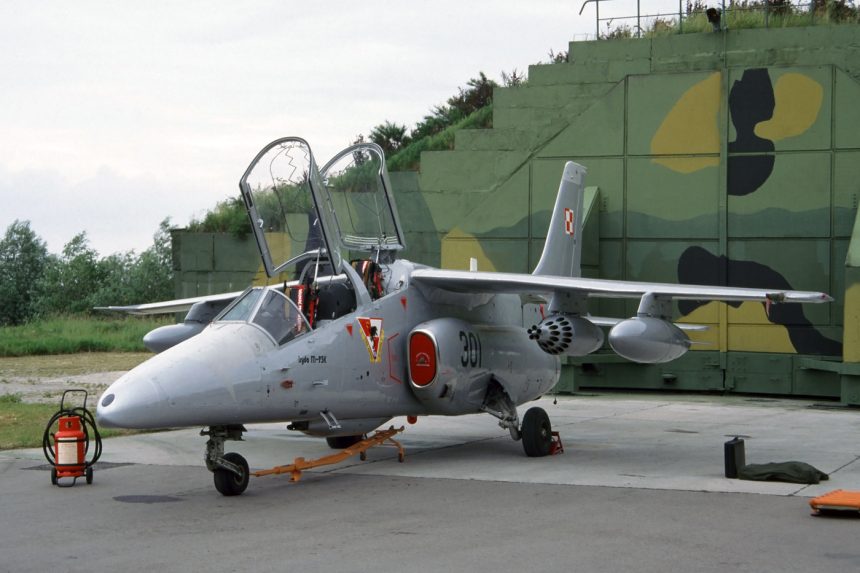Poland may resuscitate an obsolete domestic trainer in an attempt to boost the economic situation of the country.
On Oct. 3, Mateusz Morawiecki, Poland’s Deputy Prime Minister and Minister of development visited Chełm State Higher School of Vocational Education (PWSZ – Państwowa Wyższa Szkoła Zawodowa).
Among the things said during the visit one is particularly interesting: a claim has been made by the school officials that the Polish indigenous PZL I-22 Iryda trainer program will be reactivated, with the jets being manufactured in Chełm, alongside small UAVs (Unmanned Aerial Vehicles) and drone systems.
The news is very surprising and somewhat bizarre, considering that Poland has already procured the brand new M-346 Master advanced jet trainers, with the first deliveries for the Polish Air Force Academy in Dęblin expected to take place in November. The first two examples of the M-346 Master for the Polish Air Force are already undergoing the relevant test flight program in Italy. Eight Masters have been ordered by the Polish Air Force, with an option for more aircraft.
Whereas the M-346 is one of the world’s most advanced jet trainers, that couples impressive performance with a full digital cockpit, HOTAS (Hands On Throttle And Stick) commands, carefree handling, VCI (Vocal Control Inputs), a Helmet Mounted Display as well as many other things that make the aircraft perfect to prepare pilots to the most modern combat planes, PZL Iryda is an old indigenous design dating back to the 1970s. Its main purpose was to replace the older TS-11 Iskras.
The airframe was not a successful design, and test pilot Jerzy Bachta died during the flatter tests of the jet.
Ultimately the jet was redesigned PZL M93K and M93V variants, with M96 version to follow, with modified wings (Fowler Flaps), power-plant (Rolls Royce Viper engine) and new avionics. Eight such airframes were used by the 58 Training Aviation Regiment of the Polish Air Force. Initial plans were to procure 19 aircraft, that were never built due to problems and lack of funding.
Hence, the revival of such an unsuccessful aircraft seems to be quite unlikely: in the mid-1990s, the Iryda’s avionics were already unsuitable to train the pilots for the modern jet fighters. Even more so today, the obsolete design would be completely anachronistic to train Polish pilots destined to fly 4.5 and 5th Gen. jets, such as the F-16 Block 52+ or the F-35.
The fact that Iryda’s production could be restarted may just be a part of the publicity created by the new Polish right-wing government, which strongly emphasizes the need to reactivate the domestic industry and develop its potential. As shown by the Ministry of Development’s decision to scrap the Airbus Caracals helicopter deal, announced on Oct. 4, because the offset agreement options were insufficient.
Image Credit: Wikimedia
Related articles
















